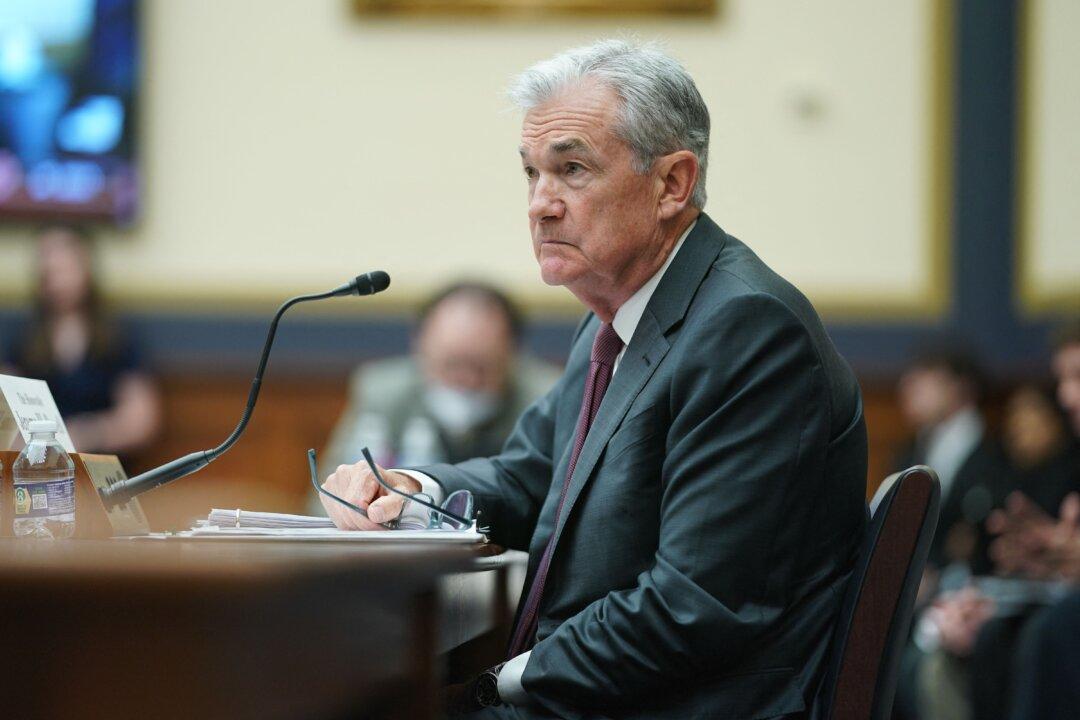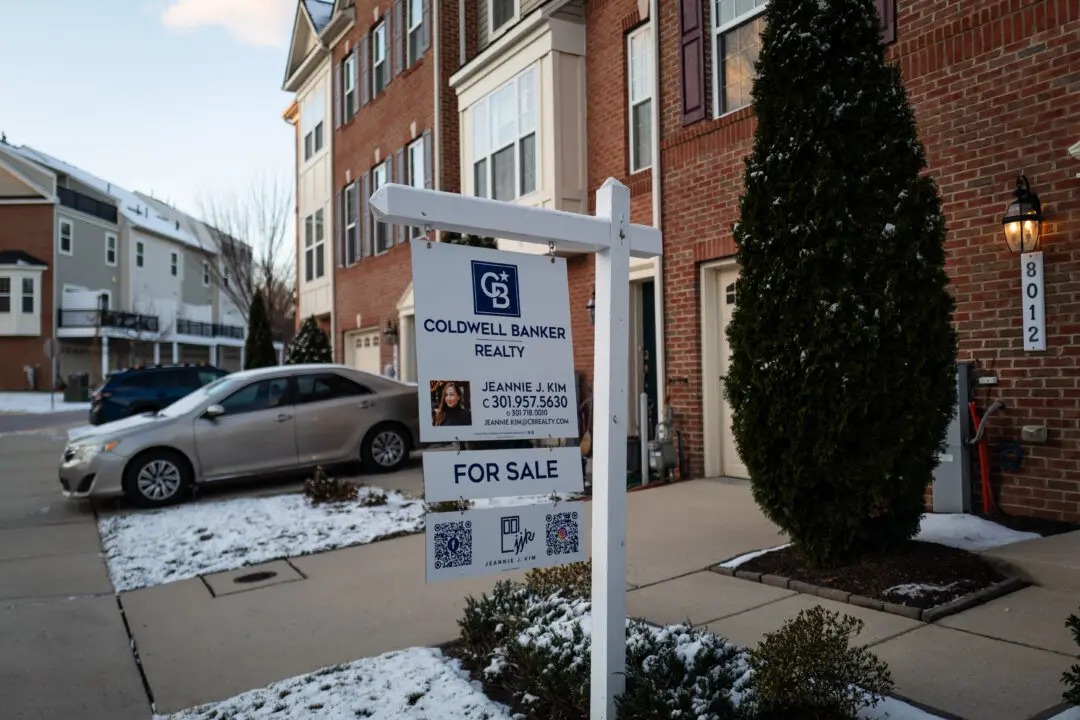The collapses of Silicon Valley Bank (SVB) and Signature Bank in March show that more oversight of midsize lenders is needed, Federal Reserve (Fed) Chair Jerome Powell told lawmakers in his semi-annual testimony.
While banking stress occurred in the fallout of the SVB and Signature failures, the Fed chair said that “the U.S. banking system is sound and resilient.” At the same time, the turmoil that unfolded earlier this year highlights the importance of maintaining a set of “appropriate rules and supervisory practices” for banks similar in size to SVB and Signature.





